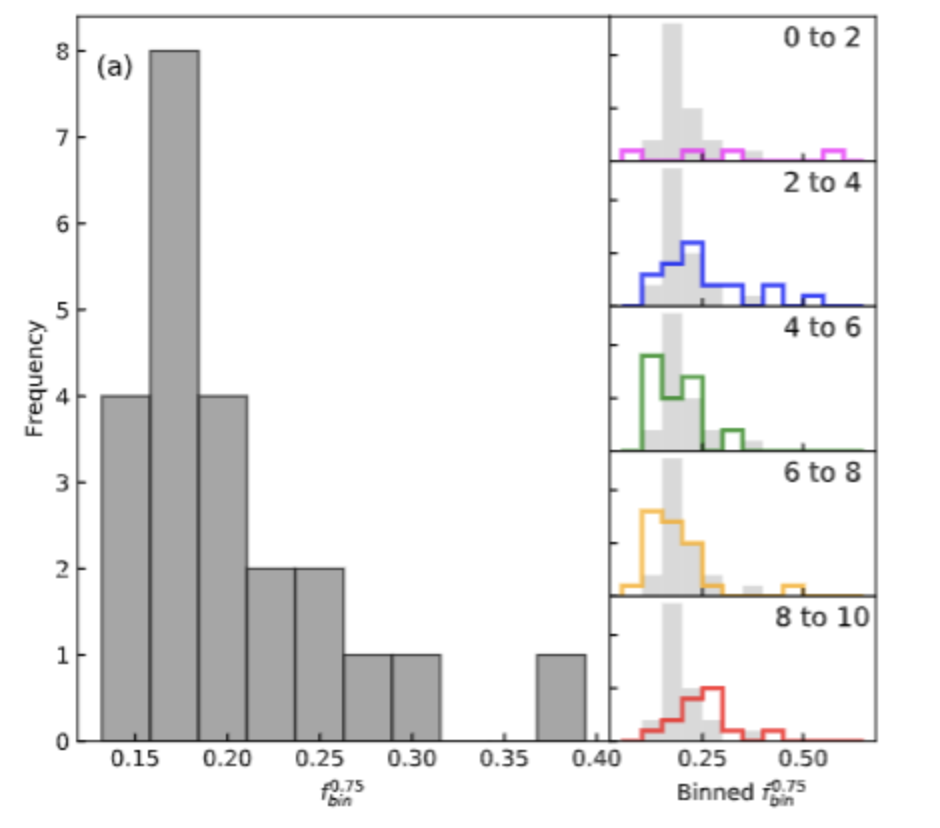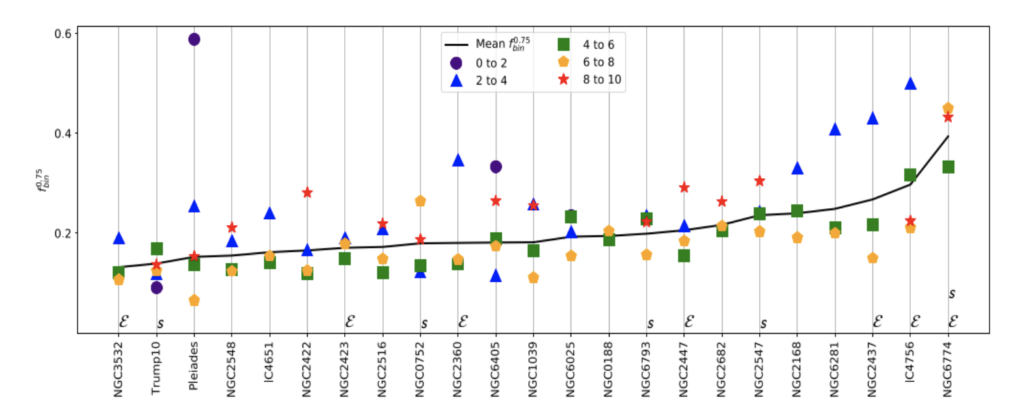The Undergraduate Research series is where we feature the research that you’re doing. If you are an undergraduate that took part in an REU or similar astro research project and would like to share this on Astrobites, please check out our submission page for more details. We would also love to hear about your more general research experience!
Naman Joshi
IISER Bhopal, India
Naman Joshi recently completed his third year at the Indian Institute of Science Education and Research, Bhopal, India, majoring in Physics. He got selected for the Indian Academy of Science’s Summer Research Fellowship Program 2020 and worked on this project at the Indian Institute of Astrophysics under the mentorship of Dr Annapurni Subramaniam. This work was presented at the 39th Annual Meet of the Astronomical Society of India in 2021.
Most of the stars formed in our universe are part of a binary or multiple star system and play a major role in the dynamical evolution of star clusters. I used the photometric data from Gaia DR 2 to find the fraction of high mass ratio (denoted by q) > 0.75 binary stars in 23 galactic open clusters.
The cluster members and isochrones for q = 0, 0.75 and 1 were plotted on a Colour Magnitude Diagram (CMD) and the binary stars were classified based on their position on the CMD. The luminosity of unresolved binary stars is higher than that of the individual stars. Therefore they appear brighter and vertically higher than the Main-Sequence stars in the CMD. Stars bluewards of the q=0.75 isochrone were classified as single stars and those redwards as binary stars.
I found that the binary fraction for q>0.75 (denoted by fbinq>0.75) fell within the range of 0.15 to 0.39, with an average of 0.17 (Fig. 1). The value of fbinq>0.75 was higher than 0.25 for some of the clusters indicating that the distribution of f(0<q<1) for open clusters generally won’t be flat. I also calculated fbinq>0.75 for different magnitude bins and found out that fbinq>0.75 for the middle magnitude bin between 4 – 6 magnitude was similar to the cluster mean (Fig 2). Also, the maximum deviation from the mean fbinq>0.75 (Fig. 2) was observed for the binned fbinq>0.75 of clusters with low membership but no conclusive information could be extracted due to its statistical insignificance and for the clusters having extended Main-Sequence Turn-off (eMSTO, refer to this astrobite) indicating that it could’ve affected the fbinq>0.75 in the brightest magnitude bin near the MSTO. The findings of this project are affected by low membership of some clusters. Future studies involving more stellar rich clusters on correlating the mass of the cluster to its binary fraction might reveal interesting results and help in constraining factors responsible for binary formation and evolution mechanisms.


